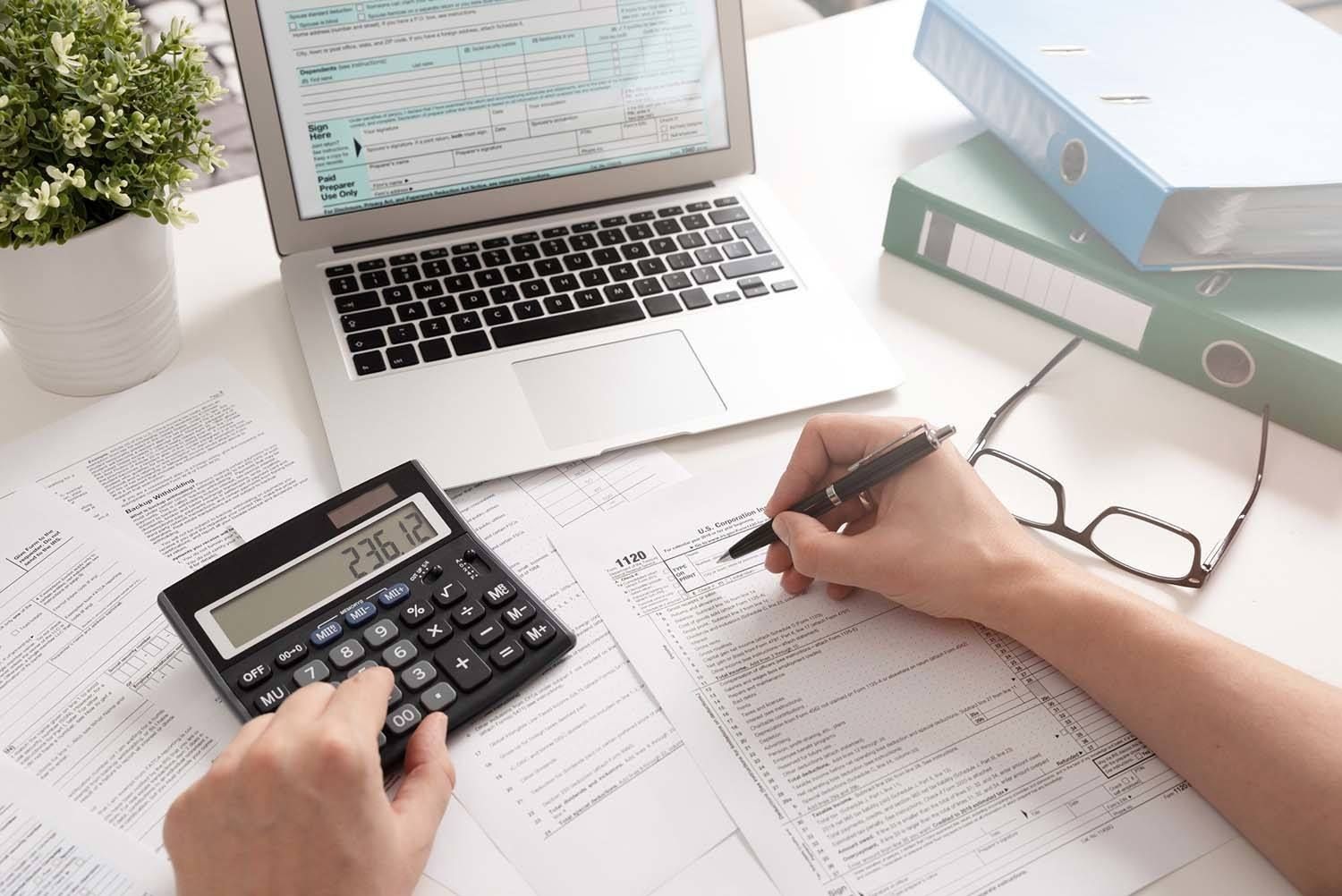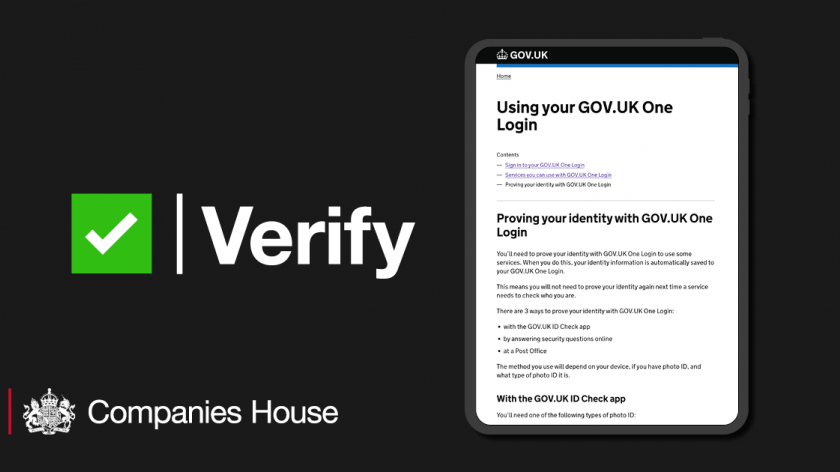A guide to Payments on Account
September 12, 2019
Ahh the 31st of January…What better way to follow up a relaxing break over the holidays than with the dreaded Self Assessment deadline!!
For those of you who take dividends from your company, in previous years a 10% non-repayable tax credit meant that any dividends falling within the Basic Rate were effectively tax free. However, as of April 2016 all individuals are instead granted a tax free dividend allowance. For the current tax year (2019-20) this allowance has remained at £2,000.
Any dividends over this amount are then taxable in the Basic Rate at 7.5% and 32.5% in the Higher Rate.
Therefore, if you typically try to stick to a tax efficient structure of low salary, high dividends up to the Basic Rate maximum threshold you will be looking at a liability of just over £2.6k for the 2019-20 tax year.
But… sorry folks but this might not be all you need to pay by 31 Jan…
So, what are Payments on Account?
Payments on Account are essentially payments in advance of the next year however they are only enforced if you have a balancing liability at year end in excess of £1,000. As such this is likely to apply for many now that Basic Rate dividends are taxable.
But you don’t pay PAYE at source I hear you say! Well yes and no – whilst you still don’t need to make contributions each time you withdraw dividends in the year, like you would on a PAYE salary, through Payments on Account you will need to make two additional payments; one by 31 January along with your current year’s liability and another by 31 July.
These payments will be exactly half of your current year’s liability each – here HMRC make the assumption that you will draw the same again in the following year – and will be used to reduce your overall liability due by the next 31 January.
So unfortunately this January might cost a pretty penny!
Our Top Tips
Plan ahead – this might sound obvious but can be difficult in practice, particularly if your monthly income fluctuates. If you already have an accountant they should be able to give you a good estimate of what you should be putting aside based on what you hope to take home.
If you don’t have one there are lots of free calculators online that should be put you on the right track, but use with caution of course.
Put aside more than you need – now this is definitely easier said than done but if you are able to, and certainly don’t if it will mean you go short, then putting aside a flat amount each month over and above your anticipated liability can combat any nagging doubts you might have throughout the year.
Once you have then submitted your tax return and confirmed your actual liability for the year, you can pocket the surplus and have a night on the town!!! Or, I mean, invest everything sensibly…cough cough.
Open up a bank account just for tax payments – Even if you have a good idea of what your tax liability will be, it can be difficult to have this at your fingertips if you are keeping the funds in your main account.
Why not transfer this out each month or quarter to a separate account solely designated for future tax bills. There are some good incentives out there at the moment for people with a bit of time and patience willing to switch and set up new accounts so you could even bagsy yourself a little starter to your tax savings!
Feel free to get in touch if you would like any advice on your personal tax situation. Roll on the 1st February!!
Share
You might also like

As of 15 May 2025, HMRC has officially extended Making Tax Digital (MTD) for Income Tax Self-Assessment (ITSA) to apply to sole traders and landlords who earn above certain income thresholds. This is part of HMRC’s plan to modernise and streamline tax reporting – replacing the annual “big return” with ongoing, accurate digital updates throughout the year.


